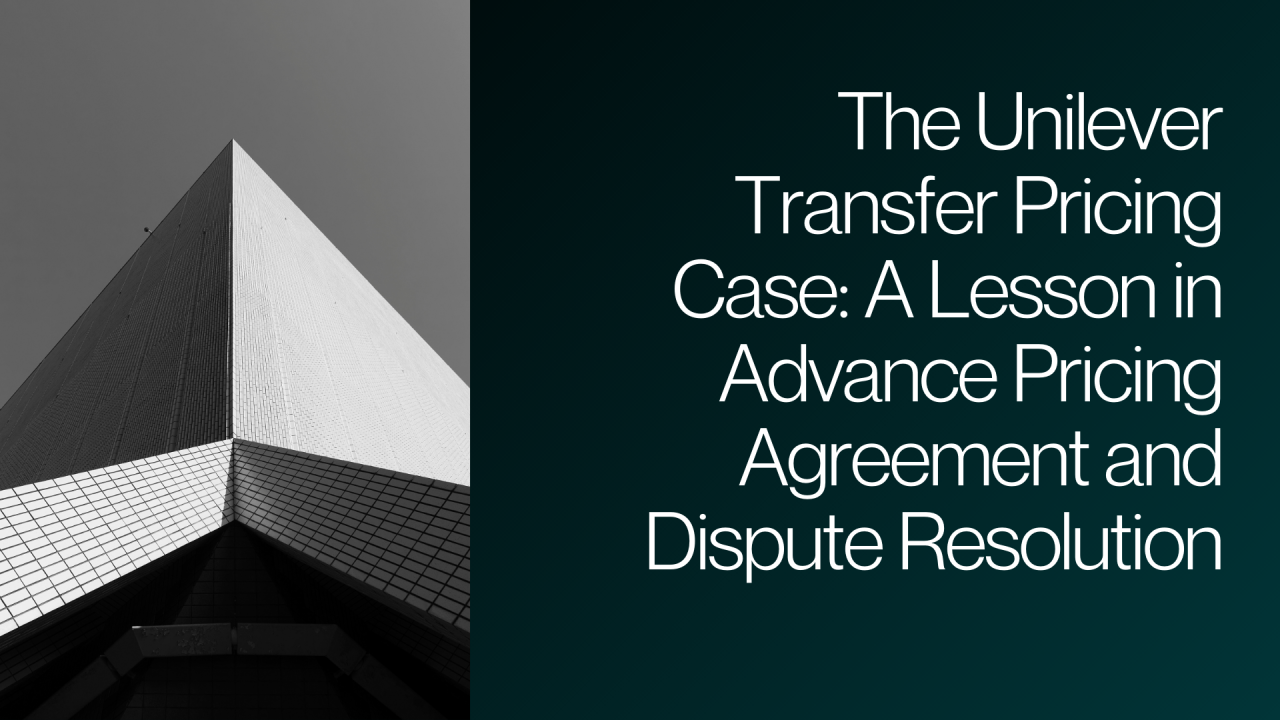Introduction: When Interest Rates Spark a Global Tax Dispute
Imagine you’re an Indian company extending a loan to your foreign subsidiary. You price the loan in USD, peg the interest rate to LIBOR, and assume you’re in the clear. After all, that’s how loans in global finance are typically priced. But then the Indian tax authorities step in and say—”No, we think you should’ve earned interest as per India’s domestic deposit rates.” The result? A hefty transfer pricing adjustment that leaves you fighting a battle in court.
This was the situation faced by Harsco India Pvt. Ltd., and it’s a scenario that’s become all too common for multinationals operating in India. The Hyderabad Bench of the ITAT recently issued a decisive ruling in Harsco India (P.) Ltd. vs. DCIT [2025] 172 taxmann.com 692, settling a critical question: Should Indian companies use domestic rates or international benchmarks like LIBOR to determine arm’s length interest for cross-border loans or outstanding receivables?
The verdict—in favour of using LIBOR—not only provides relief to Harsco but also sets a clear, pragmatic direction for similar cases across industries. And the reasoning behind it is as important as the outcome itself.
The Core Issue: How Do You Benchmark a Loan in Foreign Currency?
In this case, Harsco India had outstanding receivables from its Associated Enterprises (AEs). The Tax Officer treated this as a deemed loan and calculated notional interest using SBI short-term deposit rates, a domestic benchmark. This led to a transfer pricing adjustment on the grounds that Harsco had not earned sufficient interest from its AEs.
But Harsco argued—and rightly so—that since the transaction was in foreign currency, the arm’s length price (ALP) should be determined using an international benchmark like LIBOR (London Interbank Offered Rate), with an appropriate markup.
The Tribunal’s Reasoning: Commercial Reality Must Govern Tax Logic
The ITAT held that where a loan or receivable is denominated in foreign currency, and the transaction occurs between an Indian entity and its foreign AE, the appropriate benchmark must reflect global commercial norms.
The tribunal referred to well-established precedents, including:
- Cotton Naturals (Delhi High Court) – which emphasized that interest should align with the currency in which the loan is denominated.
- Tata Autocomp Systems (Bombay High Court) – which upheld benchmarking loans at EURIBOR rather than domestic lending rates.
- Shiva Industries & Holdings Ltd. (ITAT Special Bench) – which clarified that for outbound foreign currency loans, domestic rates have no application.
By following these principles, the ITAT ruled that the TPO’s adoption of SBI deposit rates was incorrect. Instead, the tribunal directed the authorities to benchmark the receivables using LIBOR + 200 basis points (i.e., LIBOR + 2%), after allowing a 60-day credit period—which is considered a normal commercial practice during which no interest is expected.
Why This Ruling Matters Beyond This Case
1. Reasserts the Commercial Substance Doctrine in Transfer Pricing
At its heart, this ruling affirms that commercial reality should guide tax treatment. If a company lends in USD or EUR, the pricing logic should mirror what the market dictates for that currency—not what interest an Indian bank offers in INR.
This is not just about legal correctness—it’s about restoring economic logic to cross-border pricing. It shows that Transfer Pricing is not a tool to engineer fictional gains, but a compliance mechanism to ensure fair pricing aligned with global business practice.
2. Addresses Judicial Inconsistency and Administrative Overreach
In past years, Indian tax authorities have applied inconsistent standards—sometimes even within the same group’s different assessment years—causing unpredictability and litigation. What made matters worse in Harsco’s case was that the Dispute Resolution Panel (DRP) ignored favourable rulings from previous years, citing technicalities about res judicata not applying in tax matters.
The tribunal, however, took a more measured stance. It acknowledged that judicial discipline demands consistency, especially where facts remain unchanged, and a prior ruling exists in the taxpayer’s favour.
3. Offers Precedential Clarity to Industry
Sectors like IT services, pharmaceuticals, engineering, and manufacturing frequently engage in cross-border intra-group lending or allow extended payment cycles to their AEs. The ruling gives these businesses a reliable benchmark for setting interest rates, at least where the transaction involves a foreign currency loan or receivable.
By endorsing LIBOR (or EURIBOR) plus a markup as the valid basis, the judgment brings much-needed predictability to one of the most disputed areas in transfer pricing.
Is LIBOR Still Relevant in 2025? A Forward-Looking Note
An important nuance in interpreting this judgment is recognizing that LIBOR is being phased out globally. By end-2021, most jurisdictions transitioned to alternative reference rates (ARRs), such as SOFR (Secured Overnight Financing Rate) in the US, €STR in the EU, and SONIA in the UK.
However, since Harsco’s assessment year was 2021–22, LIBOR remained an acceptable benchmark. Going forward, taxpayers should adopt equivalent risk-free reference rates plus a suitable spread, in line with OECD’s guidance and international best practices.
This also means that India’s tax authorities must modernize their expectations, gradually moving away from LIBOR-specific frameworks to ARR-based models, especially for assessments post-2022.
Conclusion: An Economic Win with Legal Clarity
The Harsco ruling is not just a win for the taxpayer—it’s a win for rational, globally-aligned tax practice. It recognizes that when businesses operate across borders, their financial transactions must be benchmarked against the realities of international finance, not constrained by local yardsticks.
The key takeaways from this case are:
- For loans or receivables in foreign currency, benchmark interest using international rates like LIBOR/EURIBOR or their modern replacements—not Indian deposit or lending rates.
- A standard credit period (e.g., 60 days) should be respected before imputing notional interest.
- Tax authorities must practice judicial discipline and avoid re-litigating settled issues without new facts.
Going forward, companies should review their intra-group financing policies to ensure alignment with this principle and document the rationale for chosen benchmarks. After all, in transfer pricing, clarity, consistency, and commercial logic are not just ideals—they’re essential defenses.







